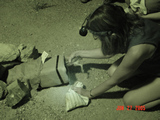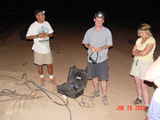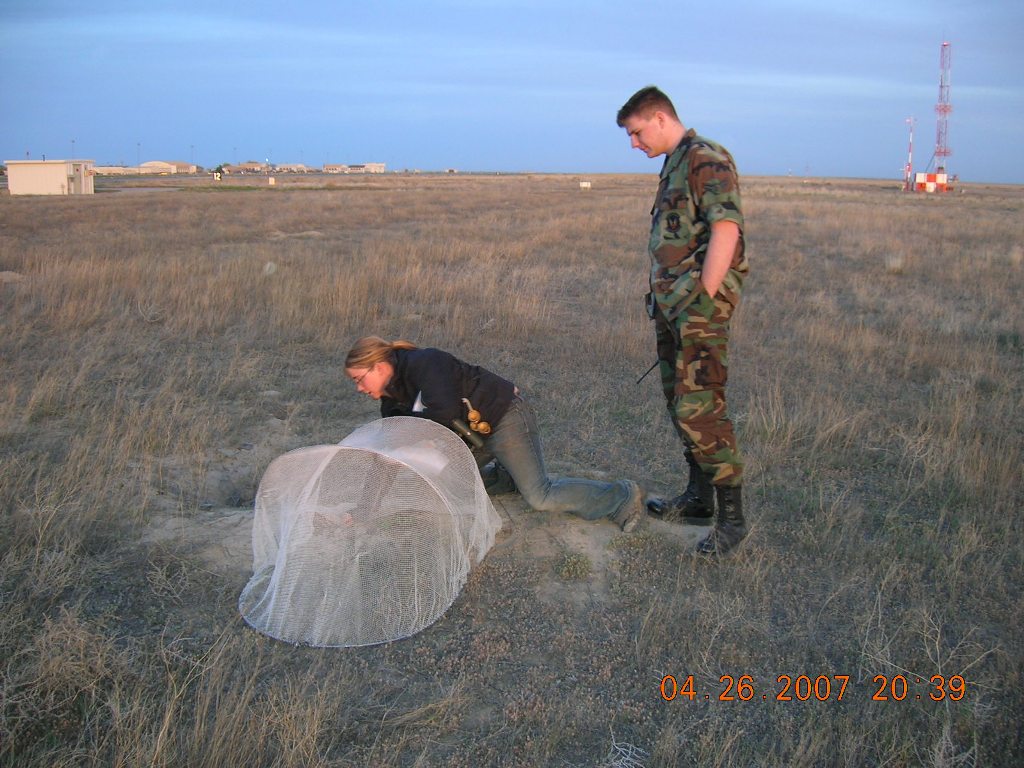 |
||||||||
 |
 |
 |
 |
 |
 |
|||
Burrowing Owls (Athene cunicularia) were once a common breeder in grasslands and deserts throughout the western U.S. and Canada. Some populations have declined and Burrowing Owls have been extirpated from areas on the western, northern, and eastern periphery of their breeding range. In response to these declines, Burrowing Owls are now federally endangered in Canada, and are listed by the USFWS as a Species of National Conservation Concern in the U.S. Burrowing Owls are also state endangered in Minnesota and Iowa, and are being considered or have been petitioned for state listing in California and Washington. Populations are thought to have declined in other states as well: Arizona, Colorado, Kansas, Nebraska, Nevada, New Mexico, and Utah.
One possible explanation for the observed population declines is that Burrowing Owls are becoming less migratory; owls which once migrated to northern breeding locations during the summer are becoming year-round residents in the southwestern U.S. and northern Mexico. In other words, owl populations might be redistributing rather than declining. If this hypothesis is correct, it has implications for the validity of current or future Burrowing Owl listing petitions. Recent field studies on Davis-Monthan Air Force Base (DMAFB) in southern Arizona suggest that many owls are year-round residents, and population densities on DMAFB are much higher compared to the surrounding landscape. Burrowing Owls have also been reported on many of the other DoD installations in the southwestern U.S.
We (Carol Finley, my Co-PI and myself) will use stable isotopes of owl feathers and radio telemetry to quantify the importance of DoD lands to Burrowing Owl populations in the region, identify where owls breeding on DoD installations spend the winter, and quantify land-use of migrating and wintering owls in the region. We are working with DoD installations in the southwestern U.S. that have records of Burrowing Owls to test this hypothesis and develop a coordinated, multi-agency program to help determine whether or not Burrowing Owls are indeed declining. We are coordinating with other federal departments, agencies, and entities on the project to inventory, protect, and conserve a species of international conservation concern that is common on DoD lands in the southwestern U.S.
This information will help identify the management role of DoD for conserving Burrowing Owls nesting in the region, potentially help prevent further listing efforts for a species that is common on DoD installations, and provide information on risk and frequency of bird strike hazards by documenting foraging and migratory habits of a breeding bird common on DoD installations in the region.



